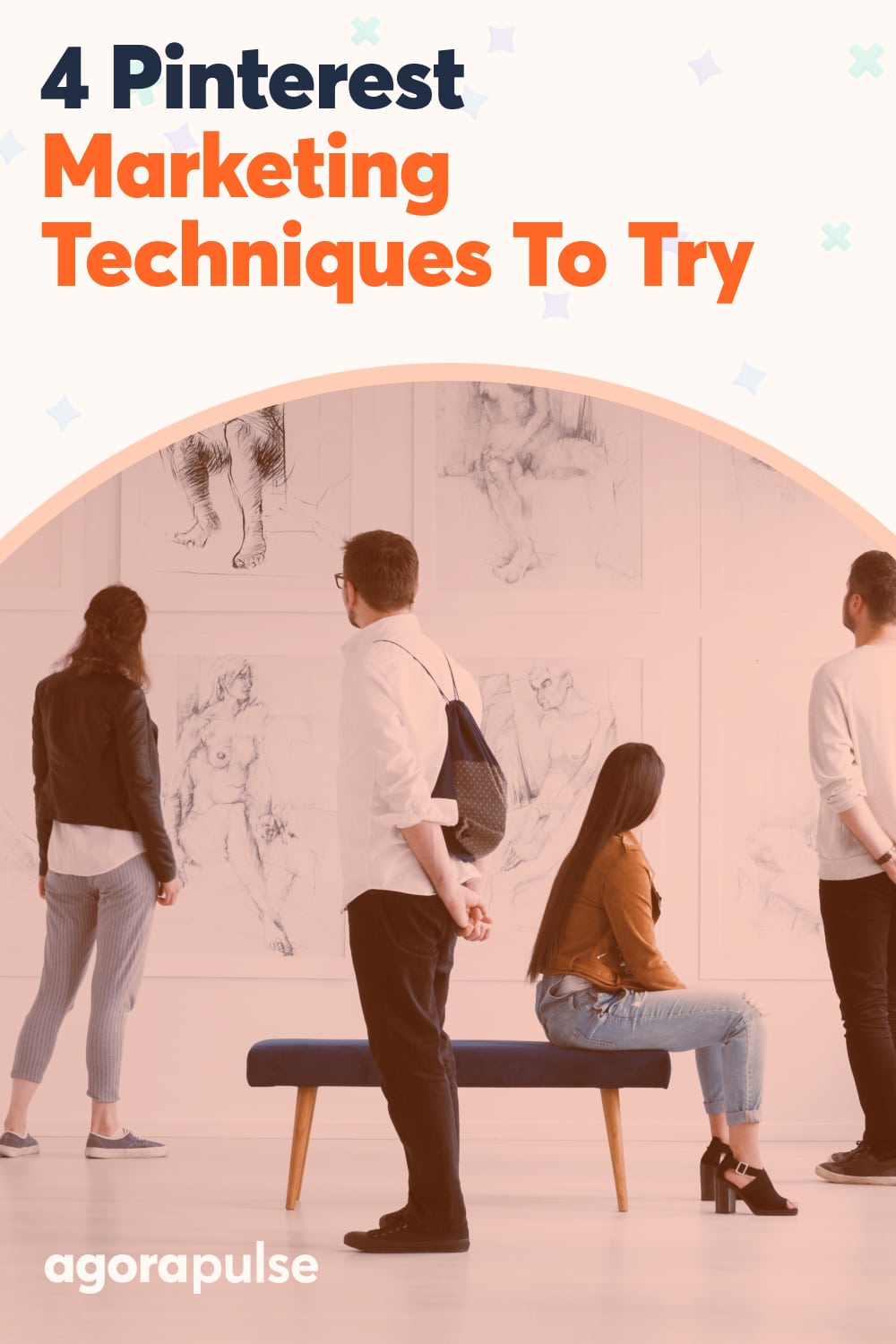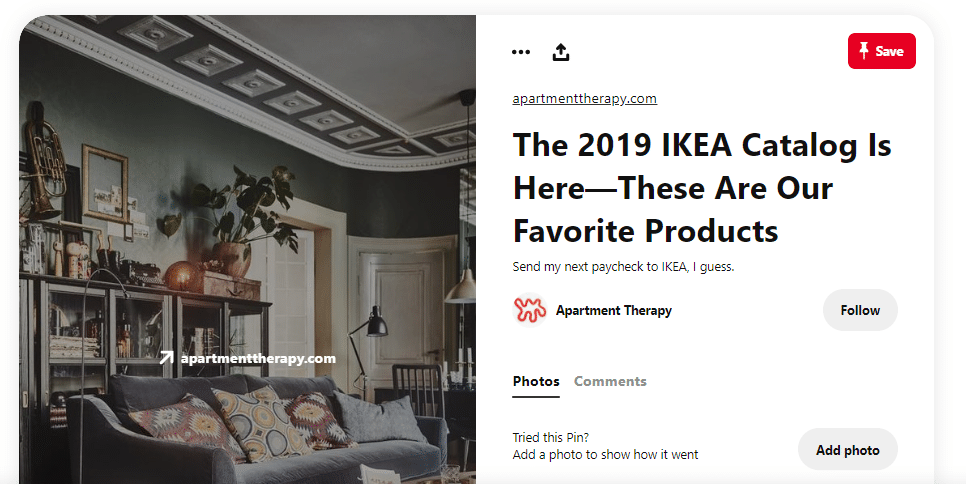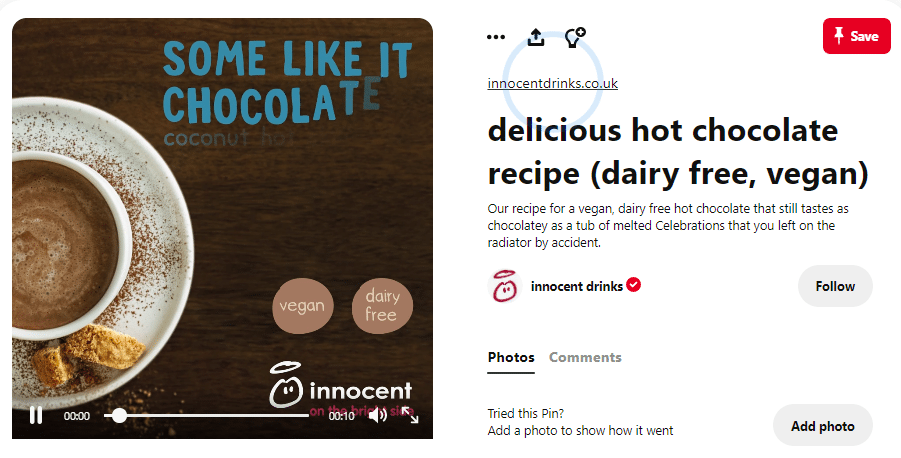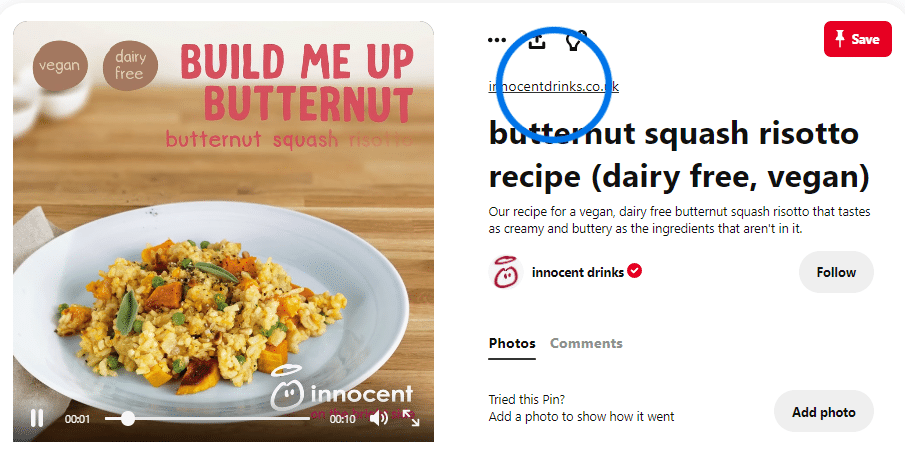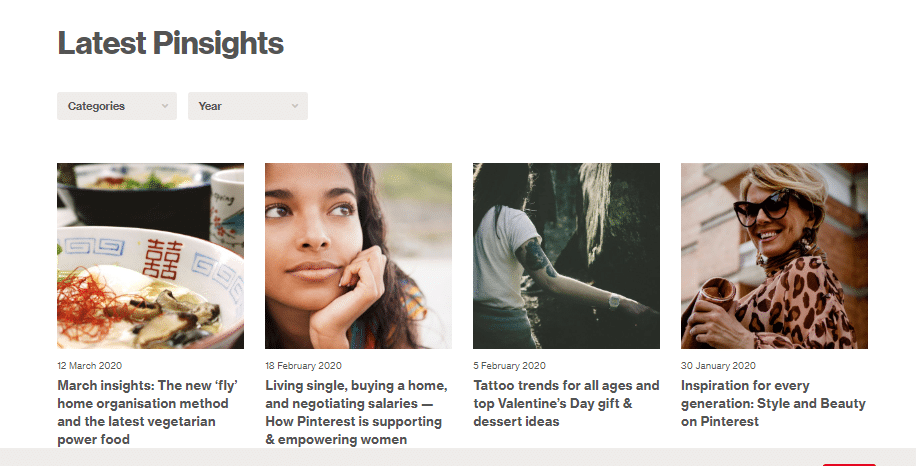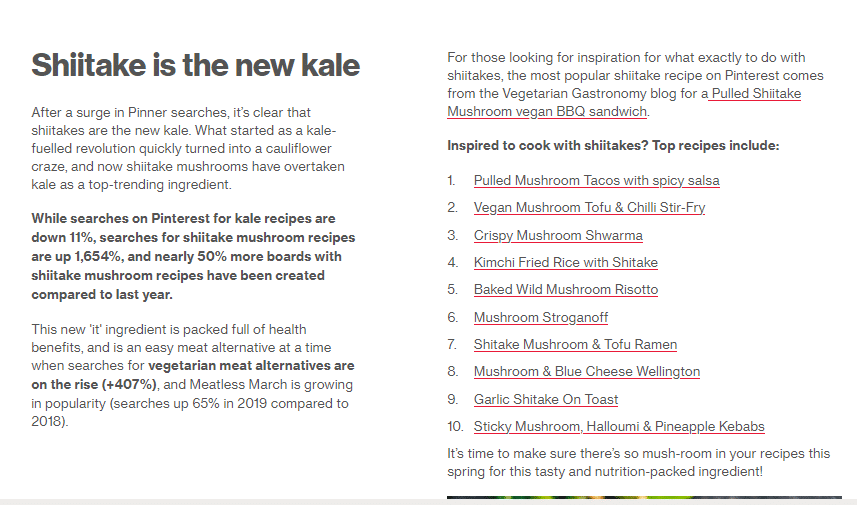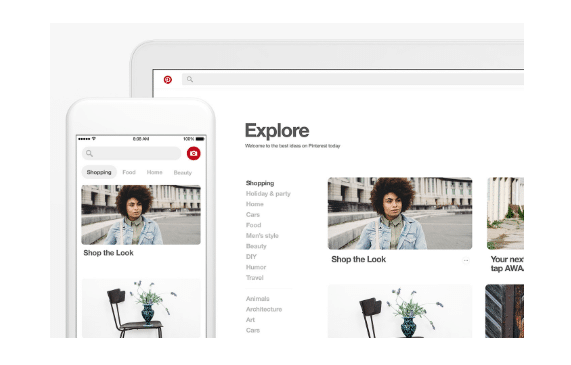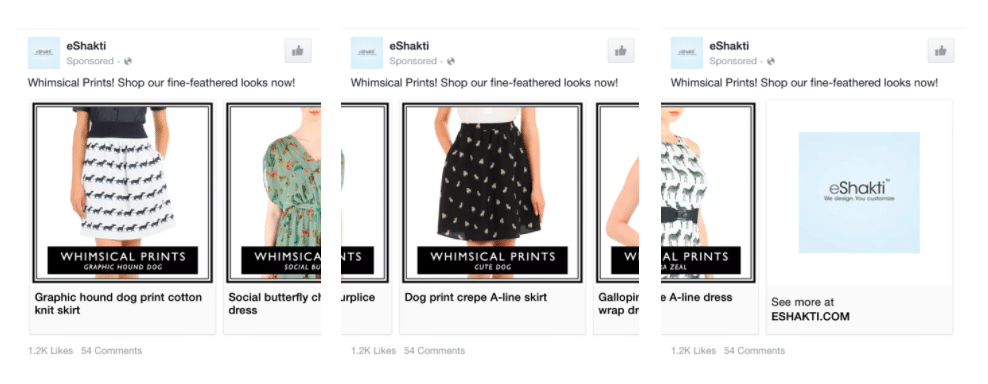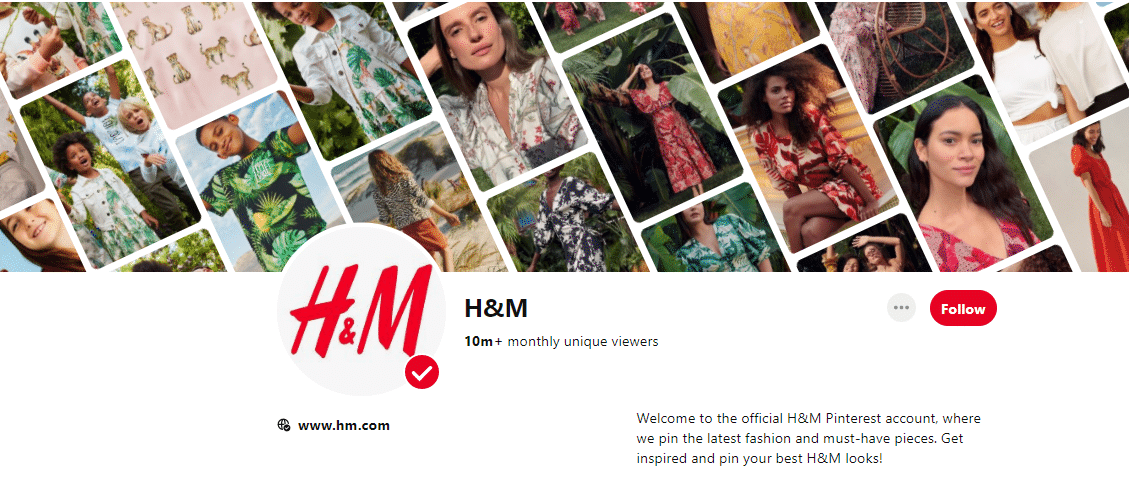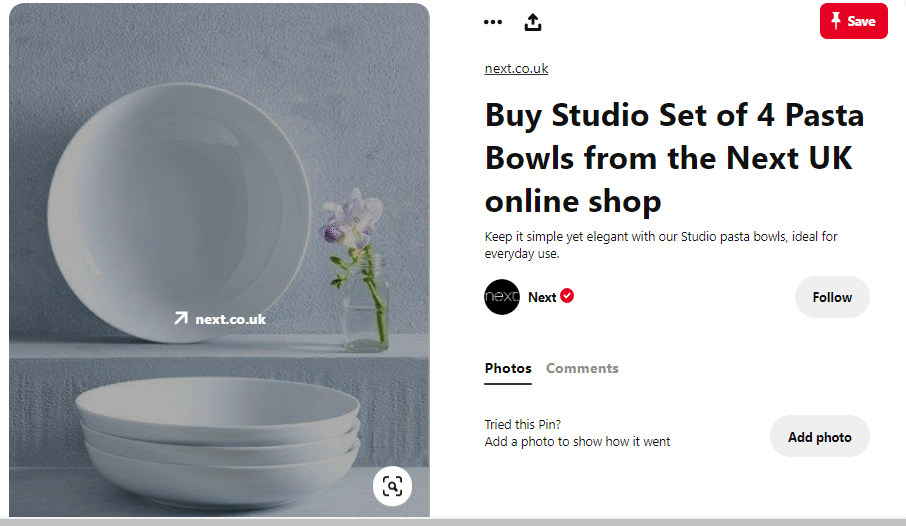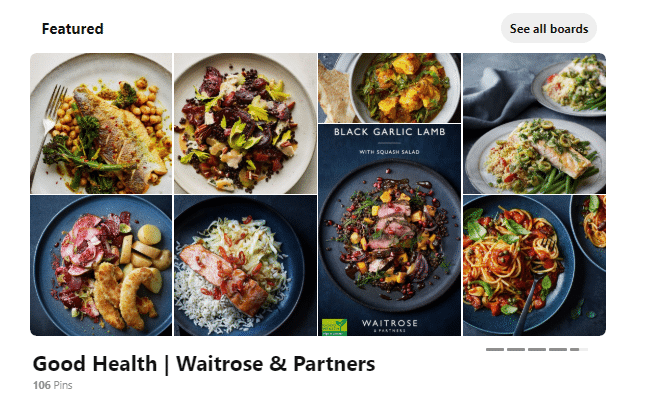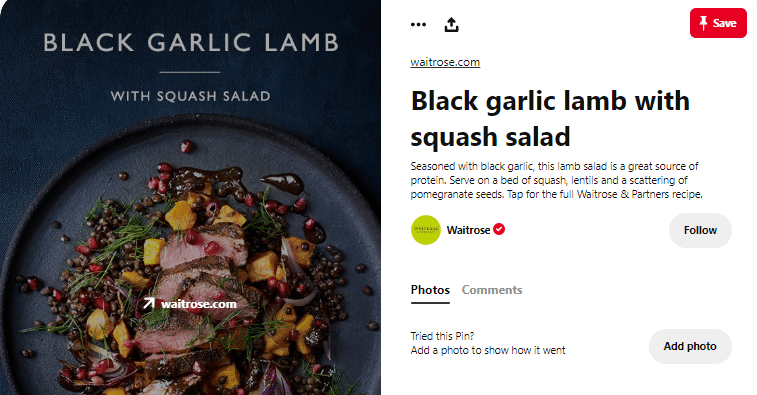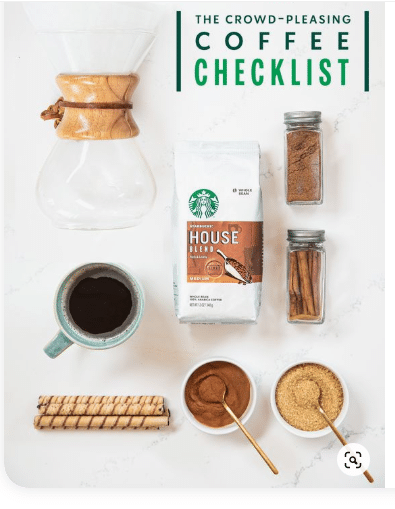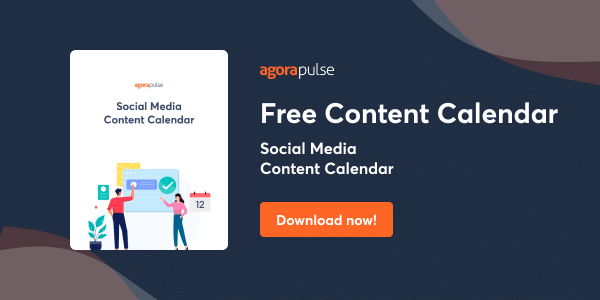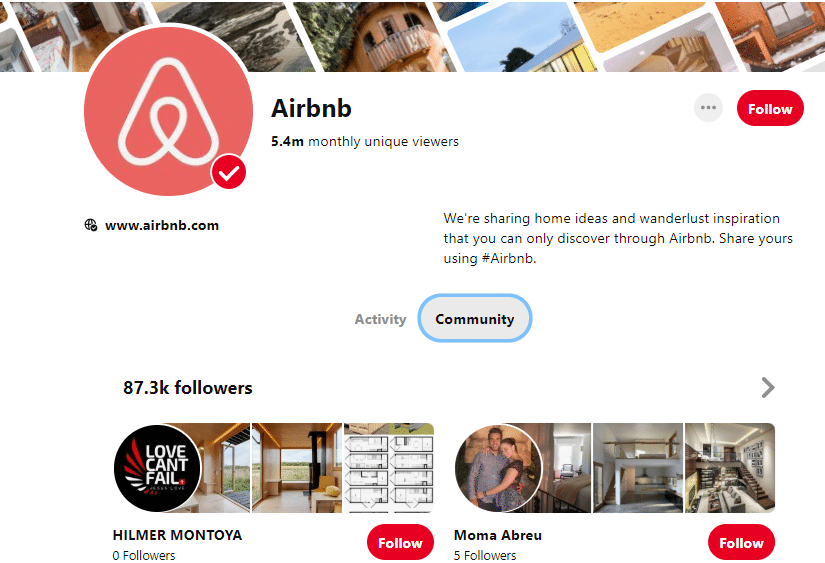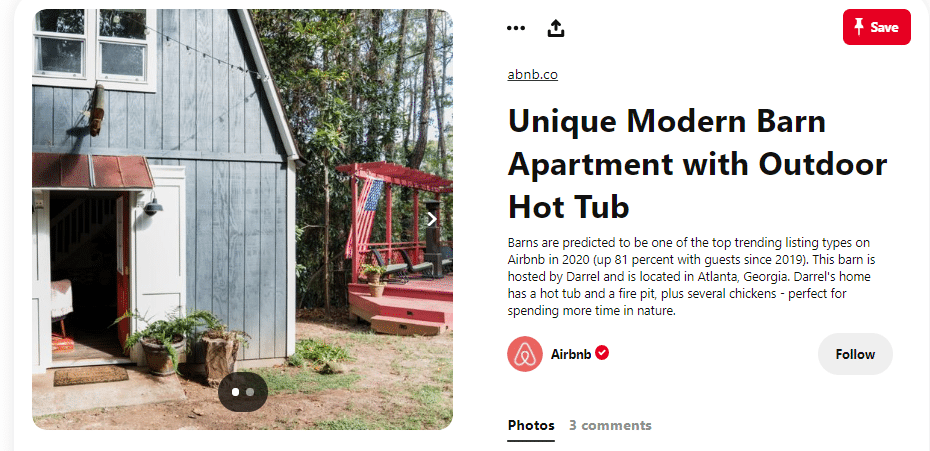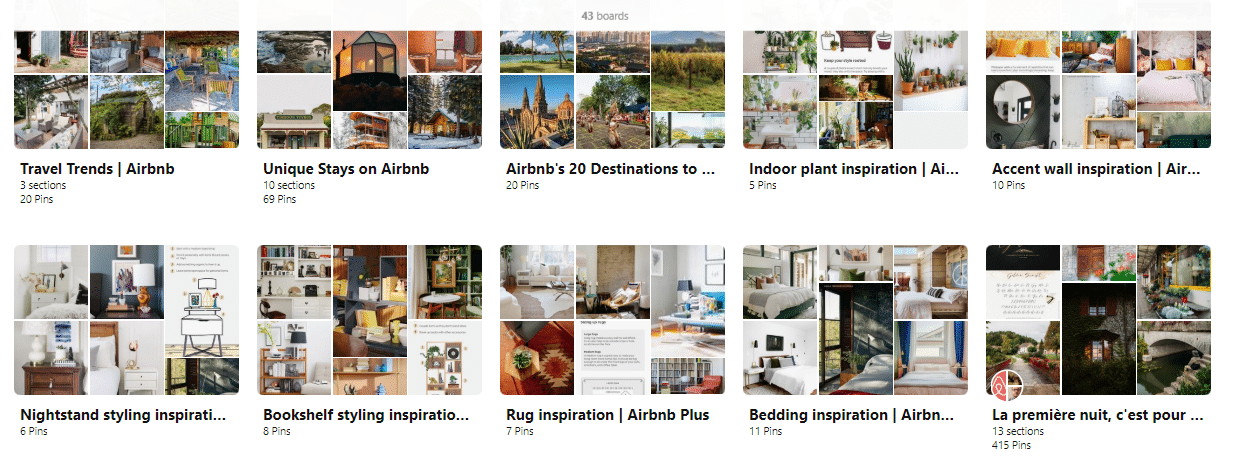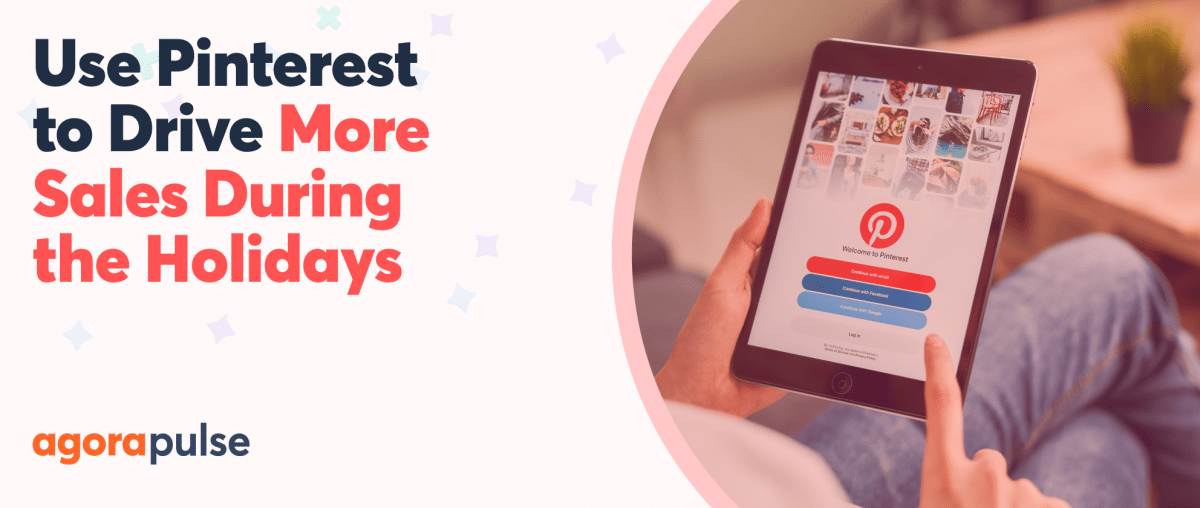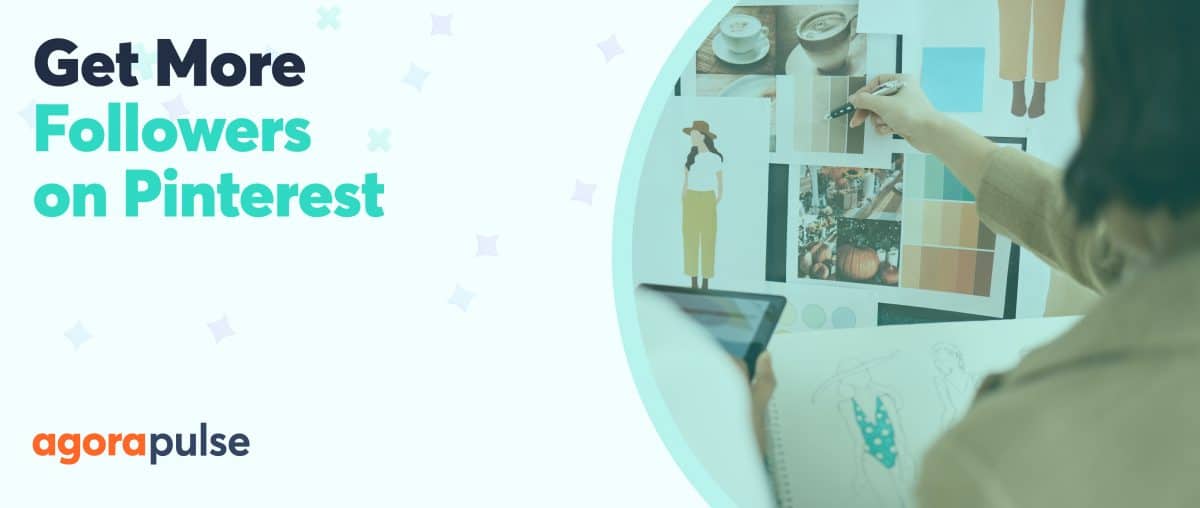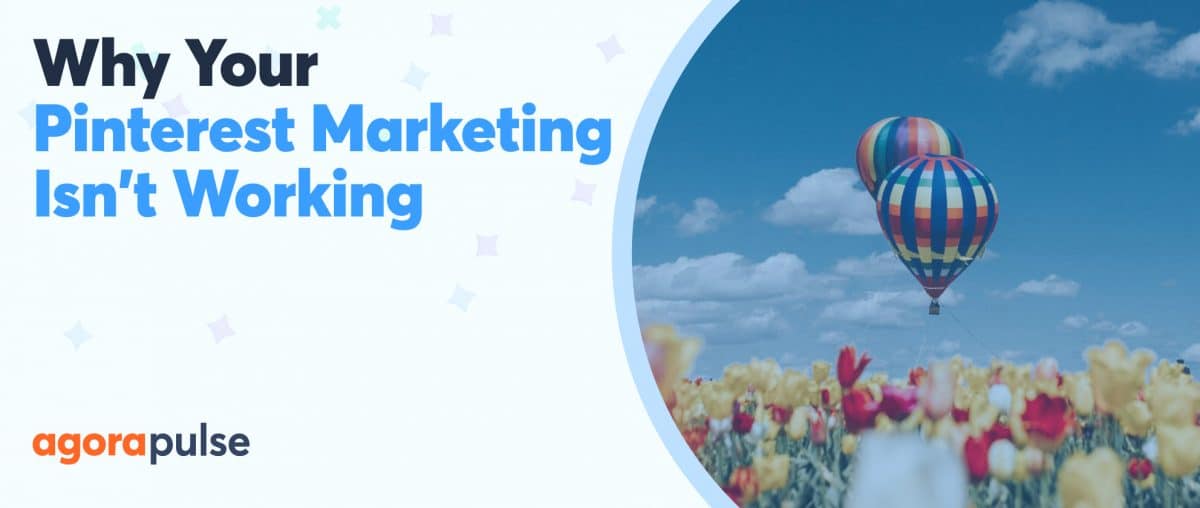Is Pinterest part of your social media marketing plan? If so, check out these tips for Pinterest marketing. (And if you already include it, read on to make sure you haven’t missed anything!)
“Pinterest marketing. Is that still a thing?” Those are the exact words I heard from one of our health sector clients last month.
At Contentworks Agency we use Pinterest for our lifestyle clients in much the same way as we use Instagram and Facebook.
But if you’ve been away from Pinterest for a while, you’re going to be surprised. The platform isn’t fading away nor choked up with knitting patterns. It’s alive and thriving in 2020.
So, let’s get started and look at the Pinterest marketing techniques you will want to know about.
(Editor’s note: Agorapulse does not support Pinterest just yet. It’s on our product roadmap, however. In the meantime, we want to provide tips to set you up for Pinterest success.)
Pinterest marketing tips
- Optimize your social posts for Pinterest.
- Sell products with Pinterest.
- Follow best practices for Pinterest images.
- Repurpose content on Pinterest.
New Pinterest Features
Been away a while? Here’s what you missed over on Pinterest.
- Personalized shopping recommendations. Pinterest users can see personalized shopping recommendations based on pins they saved.
- Catalogs. Brands can now upload their full product catalog to Pinterest, turning products into dynamic Product Pins. And with the dynamic upload wizard, it’s all automatic as IKEA demonstrated with its Pinterest catalog.
- Shopping search. Pinterest is a powerful search engine. Users can now search for the products they want and view the shopping results in their feed. And unlike Facebook, Pinterest keeps your pins actively surfacing forever.
- Story pins. Story Pins feature up to 20 pages of images, text, and links and appear in users’ home feeds with a cover image and a title. Content marketers across the land can rejoice! Here’s how to create story pins.
- One-tap ins. All Pinterest ad formats were migrated to the one-tap system in 2019. That means that when users tap an ad, they’re taken directly to a landing page. Awesome for advertisers who know that fewer clicks mean more conversions.
- Carousels. Advertisers on Facebook already love carousels, and Pinterest introduced theirs in 2018. Each card in a Promoted Carousel ad can include a different image, title, description, and landing page.
- Pinterest Lens. Pinterest Lens isn’t new unless you’ve been away from the platform for a few years. Lens allows users to take a photo of something like a hat and instantly view similar hats on the site. This is a super-cool feature.
4 Pinterest Marketing Techniques
So, Pinterest is still a thing, but how can you utilize it? Let’s look at some of the best Pinterest marketing techniques the big brands are using and steal some actionable tips.
1. Optimize your social posts for Pinterest
If your Pinterest content isn’t optimized for Pinners’ searches, you will be missing out. Pinterest is a social media search engine, and its value for SEO cannot be underestimated. Pinterest is the only social media platform to offer a visual search. That’s a big deal considering 62% of Gen Zers and millennials like to search by image.
- Integrate Pinterest into your site. If you’re going to do Pinterest marketing, you need to do it properly. That means adding your Pinterest channel to your website so users can follow your account. (Check out Pinterest’s widget builder, which allows you to create a customizable feed in a matter of seconds.)
- Nail your descriptions. On Pinterest, descriptions matter as they will help you rank for search keywords and phrases. Descriptions can fit up to 500 characters with the first 50-60 characters most likely to show up in people’s feeds. You should also use relevant keywords and hashtags but avoid keyword stuffing (which is never cool).
- Optimize your boards. Quality board names and descriptions improve SEO performance, so it’s important to pay attention to them. Also, remember to properly categorize your boards based on their contents.
- Start using alt text. When users pin images via the Pinterest bookmark, Pinterest will automatically pull a description from your alt text or a meta description from your page. If you haven’t created the alt text, then you’re missing a trick. Create meaningful alt text for all your images using an assortment of popular words. Good descriptions help your Pin perform better, and that in turn can improve your Pin’s SEO ranking.
- Track your links. Your aim is probably to drive traffic to your site but how will you know how Pinterest is performing? Track your links using Google Campaign Builder so you can gage your Pinterest success. You can also use PinPinterest, the Pinterest automation tool to drive and monitor business.
Innocent Drinks know how to write captions that hit all the sweet spots. Cleverly ranking for keywords like vegan, dairy-free, and hot chocolate, the brand also manages to be witty.
And another example with video. You go, Glen Coco!
Pinterest publishes great marketing insights monthly
And they’re not vague either. Pinsights feature updated accurate stats on the products and trends users are searching for on Pinterest. This is marketing gold, trust me. Use Pinsights to see what’s trending and how to position and promote your products. You can also grab blog content inspiration.
2. Sell products with Pinterest
Let’s get to the point. If you have physical products that you’re pinning to Pinterest, you probably want to sell them. Right? It’s great that people repin and comment, but we want to hear the ka-ching. too!
No matter what you sell, you should follow these Pinterest marketing tips:
- Conversion optimization. Paying advertisers can now choose conversions as a campaign objective. That means you can encourage specific actions like online checkouts, increased signups, or stronger leads.
- Shop The Look Pins. With Shop the Look Pins, people can find and buy products making it easy to bring inspiration to life. If you have a Pinterest business profile, Shop the Look tagging allows you to manually tag Pins from your website. (Here’s how to do it.)
- Plan for events. We often talk about planning for holiday sales on social media. And with Pinterest, the basic premise is the same. You can schedule Pins up to two weeks in advance on the platform, which is especially useful for holiday sales. And you should. Most internet users purchase items at least two weeks in advance for Halloween, Christmas, Easter, Ramadan, etc. And Pinterest is also used by pinners to plan. They plan their honeymoons, home decoration, and gift purchases. Pinterest recommends that marketers begin their seasonal content about 30-45 days in advance. That’s over a month!
- Create FOMO. I’ve talked about FOMO before and it’s very relevant for Pinterest, which now facilitates shoppable pins. Create time-sensitive specific offers, limited editions, and promos to inspire impulse purchases.
- Get your carousels right. If you decide to go down the paid route, then take the time to get your carousels right. That means crafting well-matched collections, individual landing pages, and great CTAs and captions.
eShakti on Pinterest does a great job with Carousel aesthetics. The brand understands how important collections and layouts are on Pinterest and creates visually pleasing carousels like the one below, which is animal print-themed.
And well laid-out boards like this one, which features similar products.
I’m loving H&Ms garden/ tropical themed boards right now too:
3. Follow best practices for Pinterest images
Like Instagram, Pinterest is all about the images. But it’s also about a community that likes to create themed boards. That means as an advertiser you should present beautiful collections of themed images that inspire your users to repin and purchase. If you’re new to Pinterest, keep in mind these design considerations.
- Use large fonts. A total of 80% of Pinterest’s traffic comes from mobile devices. So, don’t be writing pages of tiny text on images … people can’t read it. Here’s a good list of easy to read fonts for mobile.
- Brand your images. There’s no point in uploading beautiful photos if nobody knows they are yours. Identify images with a small logo, website, or slogan. Keep it uniform across all designs (e.g., transparent in the bottom right corner).
- Keep it clean. Pinterest users don’t like distracting backgrounds. Think clean, white, minimal, and impactful like Next.
Another brand that gets it right is Waitrose. The British supermarket is known for its high-quality foods and great product ranges, which it illustrates perfectly on Pinterest. Just look at the beautiful presentation of its “Good Health” board. Beautifully photographed, simple, and coordinated. I want to buy and eat all of it!
Waitrose also provides recipes, so users know which ingredients to purchase. These are essential to boosting sales.
- Get the dimensions right. As with all the social networks, Pinterest has its own ratios. The ideal aspect ratio is between 2:3 and 4:5. Images with an aspect ratio between 2:3 and 4:5 got 60% more pins than images with an even taller vertical aspect ratio. Pinterest recommends images to be a minimum of 600 pixels wide. If you’re serious about Pinterest marketing, you will need to create images or photos specifically for the channel.
- Match products. Pinterest users like images that fit together well to create a look. For example, sandals, a beach bag, a bikini. Or coffee house items like Starbucks shown below. Look at how clean and neat the image is. And we can purchase all those items in store. Nice!
4. Repurpose content on Pinterest
Content marketers love to hear about recycling content. This includes your own content and content from other users created for your brand. It provides great value, saves time, and can increase web traffic for popular evergreen posts.
Here are some ideas for content recycling on Pinterest.
- Create an infographic. Actually, don’t create one from scratch. Scrape stats from a recent blog post or eBook and repurpose them into a colorful infographic. You can include stats that are relevant to your industry or the products you are currently promoting.
- Turn pins into blogs. Yes, it works that way around, too. Create a blog post from your most popular pins about a topic.
- Create a UGC community. I love user-generated content (UGC), and Pinterest is the perfect place to encourage it. For a great example, check out AirBNB’s UGC on Pinterest. AirBNB is a hit on Pinterest, thanks to its ability to utilize beautiful images, storytelling, and UGC.
AirBNBs user-generated boards include design inspiration, gardening, architecture, paints, shelves, and pretty much everything house related.
In Conclusion
Pinterest is an incredible marketing channel that continues to innovate and add new features each month. If you enjoyed reading this article, be sure to share it on your social channels. Even better, pin it!
* * *
Sign up now for a FREE demo.
